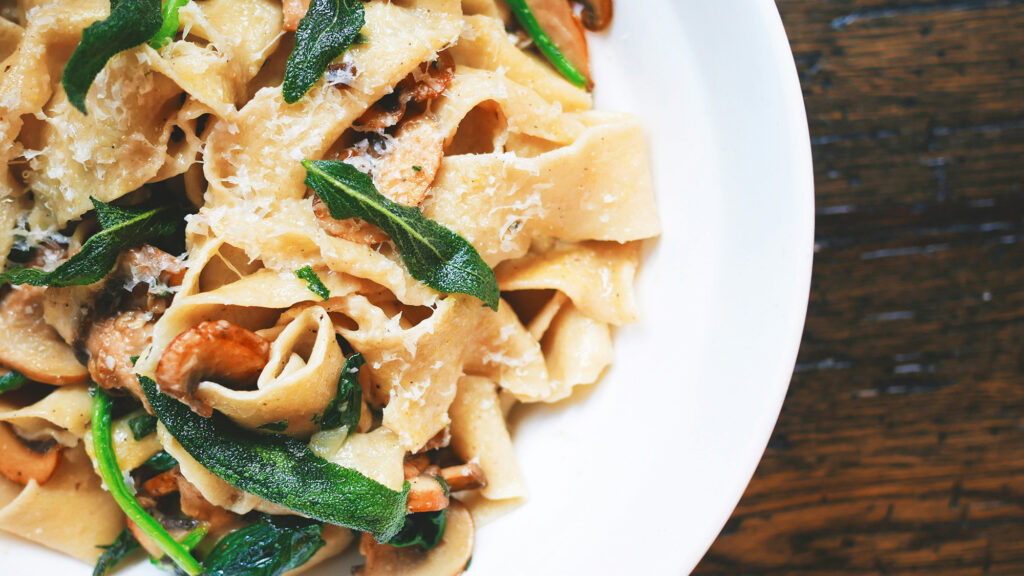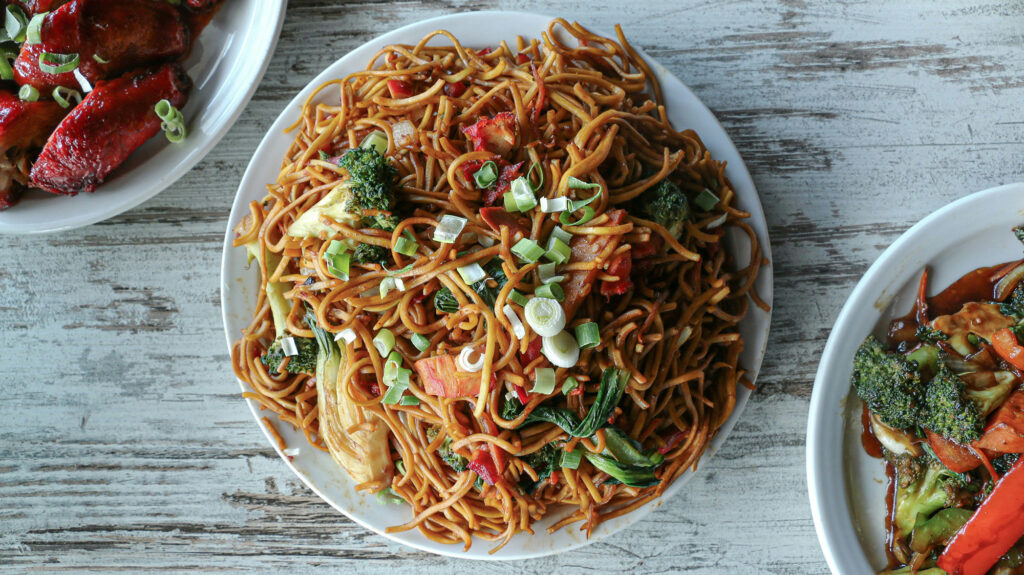White rice is a complex carbohydrate that can affect glucose metabolism due to various factors. White rice has a high glycemic index. Hence, after intake, it causes a spike in blood glucose levels. Rice also has a low fibre content, which contributes to this.
Ways to control blood sugar levels while eating rice with vegetables
• Pairing rice with proteins, fibres, and fats (chicken, beans, etc.) slows down and regulates the release of glucose into the bloodstream.
• Reducing the quantity of rice in your meal will help delay the release of glucose. It also improves the body’s response to carbs.
• Replacing simple carbs with complex carbs helps in controlling blood glucose levels.
• Try implementing the food flow to your meals – fibre > protein > complex carbs. This helps in digestion and regulating glucose levels.
A serving of white rice contains 45-50 grams of carbohydrates, while brown rice contains 35-40 grams. Leafy vegetables will have fewer carbs compared to the rest. Studies have shown that replacing white rice with brown rice improves glucose metabolism and lowers glycemic response. With a balanced diet, one can support healthy blood glucose levels and overall health.







